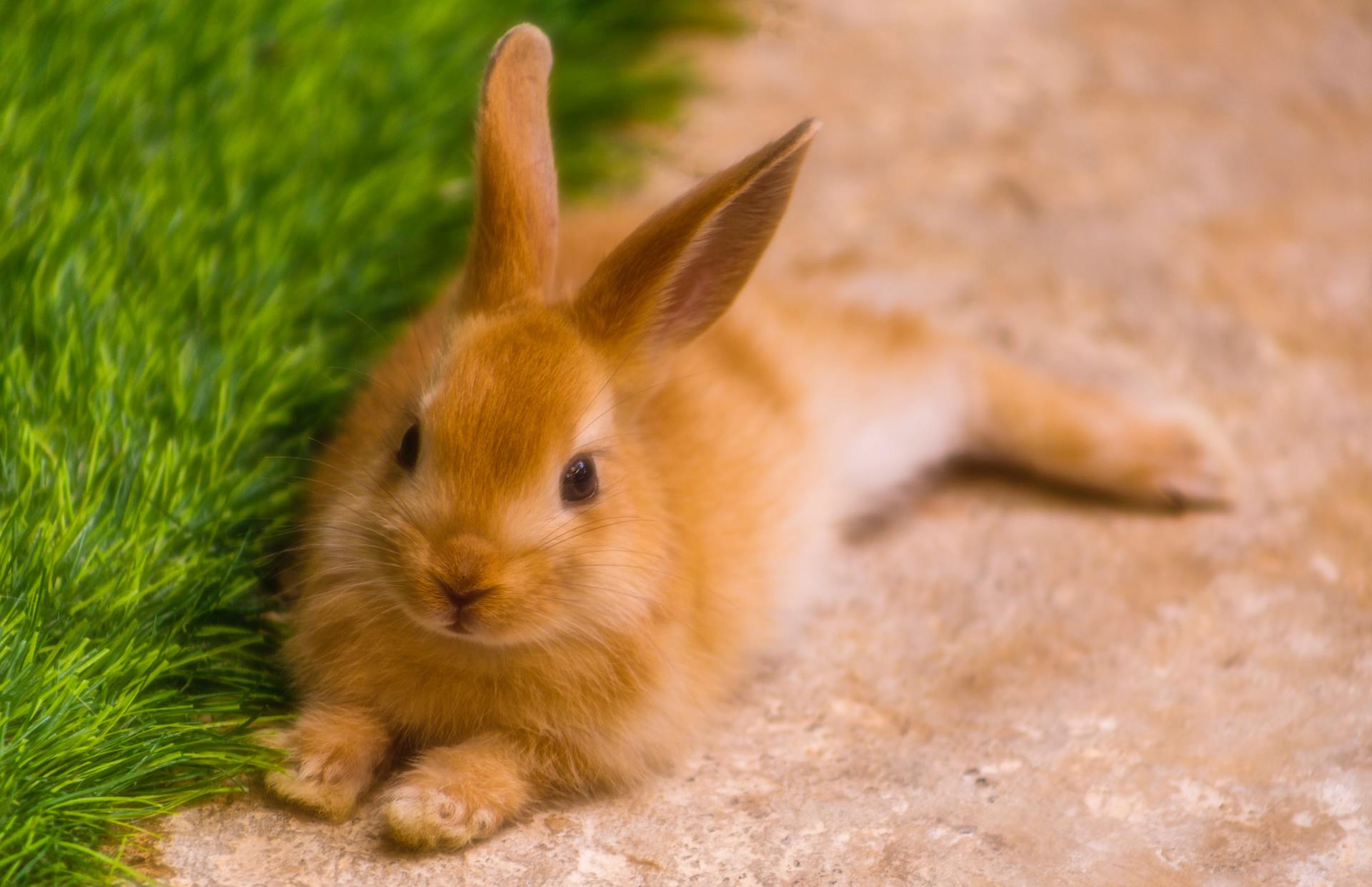Sugar gliders are becoming very popular, and it’s not hard to understand why. These small animals are usually rather inexpensive. They’re also quite cute, take up little space, and are small enough to easily pass weight restrictions imposed by renters or homeowners associations. However, gliders, like any other pet, require lots of attention and care to thrive. This post features a local Las Vegas, NV veterinarian discussing basic care advice.
What Are Sugar Gliders?
Many people believe that these cute little guys are rodents, but they are actually marsupials. Sugar gliders are native to Australia and Indonesia. They are relatively new additions to our companion animal population. They first gained popularity in the exotic pet niche throughout the 1990s.
Here are some fun facts:
They Love Sugar! These guys all have a sweet tooth. Sugar gliders enjoy consuming sugary foods. (This is where the sugar in the name originates from.) In the wild, their natural meals consist primarily of fruits, nectar, and honey.
They Really Do Glide!: These small critters can glide up to 150 feet (45 meters).
Tall Tails: It’s all in the tail. That lovely tail will take up around half of a glider’s body length, or about a foot.
They’re Nocturnal: Sugar gliders are most active at night time. That’s something to consider if you’ve been thinking of getting one for your child. If you put the cage in your child’s bedroom, these tiny furballs may keep them awake at night!
They’re Delicate: Gliders do not have wings; instead, they have a membrane that extends from their wrists to their ankles, similar to a flying squirrel’s. This thin ‘sail’ is known as a patagium. It lets them jump and glide through the air. However, it is also extremely fragile. This is why you should never attach a harness to a glider.
They Make Very Cute Noises: Our animal pals each have their own distinct sounds. Sugar glider vocalizations often sound like a little dog barking.
They Need Friends: In the wild, gliders live in big colonies of up to 15 gliders. You don’t have to adopt a lot of them, but you should have at least two. Your cute pet will feel sad and lonely if he doesn’t have any friends!
What Kind of Cage Do Gliders Need?
Sugar gliders aren’t particularly difficult to care for, but they do have extremely specific requirements. You’ll need a fairly large cage. We suggest going with one that measures at least 24″ W x 36″H. However, get the biggest one you have room for. These guys enjoy climbing, so you’ll need something that is taller than wide. The bars should be less than a half-inch apart; otherwise, your glider may become stuck and injured. You will want one with an enamel or powder coating. Wire cages can result in injuries.
For bedding, you can use non-treated wood shavings, shredded newspaper, or commercial liners or substrates. Check with your veterinarian about this, as many popular substrates are hazardous to gliders.
Do not forget the furnishings! Your furry friends will require accessories, toys, and hides. Hammocks, bags, swings, ladders, and tents are all possible additions. Your pets will also like branches, (big) rings, bells, and bridges. Of course, you’ll need dishes, too.
Make sure to ask your veterinarian for detailed recommendations.
What Do You Feed Sugar Gliders?
You can feed commercial glider food to your pets, but you should complement it with other safe foods like arugula, dill, or radicchio. You can offer snacks like applesauce and honey sticks for treats, though you want to be careful to stick with safe items. Don’t go overboard!
It’s also crucial to understand what’s not safe for your gliders. Avoid foods strong in calcium and oxalates, including spinach, carrots, beets, pears, lettuce, figs, raspberries, strawberries, blackberries, and collards. Other dangerous foods include chocolate, garlic, and anything heavy in fat, salt, or sugar. Ask your veterinarian for more information.
How Long Will A Sugar Glider Live?
Sugar gliders can live up to 15 years. That’s a lot for a little animal, as most smaller pets survive only a few years. That extended lifetime is one of several factors to consider before adopting sugar gliders.
What Are the Signs of Sickness in Sugar Gliders?
Gliders are small and prone to various illnesses and disorders. You will need to do some study to learn about prevalent health conditions and warning indicators to look out for.
Here are several red flags.
- Lack of Appetite
- Abnormal respiration
- Dragging their hind legs
- Hair loss
- Constipation
- Eye Problems.
- Diarrhea
- Lethargy
- Obesity
- Anorexia
- Seizures
- Shaking
- Vomiting
If you notice any of these symptoms, contact your Las Vegas, NV veterinarian asap.
How Do You Bond with a Glider?
Gliders, like many other small creatures, are prey in their natural habitat and can be shy. Once you’ve earned your pet’s trust, you’ll notice that he or she grows quite connected to you. Gliders frequently form bonds with entire families due to their highly sociable nature. Of course, they will form the strongest connections with those who care for them. Once they become bonded to someone, they will be devastated if they are separated from them or rehomed. As a result, we highly advise against purchasing gliders unless you are certain that you will retain them for their whole lifetimes. Otherwise, choose something shorter-lived, such as a hamster or Guinea pig.
However, it may take some time before you gain their trust. There are several things you can do:
- Use A Tent: Making a small tent and gently petting your little friends inside can be a good way to get them acquainted with you.
- Offer Treats: You know how they say that the way to a man’s heart is through his stomach? That goes for many pets as well. A great way to help your little furballs form a good connection with you is to give them tasty treats. Just stick to safe selections and avoid overdoing it. Ask your veterinarian for advice.
- Make It Fun. If you really want to spoil your tiny companions, consider purchasing or crafting a custom glider apron. This may sound stupid, but many gliders enjoy these! If you truly want to go above and above, build a fun climbing wall for your pets.
- Wear Pouches: Sugar gliders prefer to cuddle up in small hammocks. You can wear a hoodie with a pouch and let them sleep in it.
- Make Your Scent Known: Gliders are highly scent-oriented. Putting a worn t-shirt in your pet’s cage can help them become accustomed to your scent.
Ask your vet for more information on glider care.
Talk To Your Vet For More Sugar Glider Care Tips
This is simply a brief summary of sugar glider care. There’s a lot more information to cover. Don’t be hesitant to consult your veterinarian for recommendations and advice. Get information on things like safe toys, suitable foods, feeding schedules, and bonding. We’re always delighted to help!
Schedule An Appointment With Our Las Vegas, NV Pet Clinic
Do you have any inquiries regarding sugar glider care? Contact us, your pet hospital in Las Vegas, NV, now! We are dedicated to providing excellent veterinary care.






!Social Media Icons